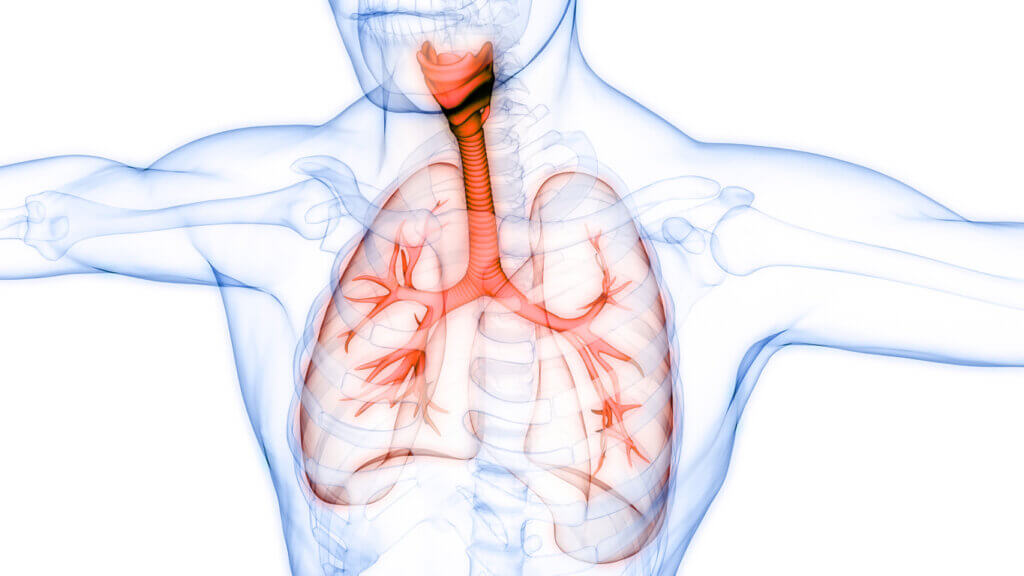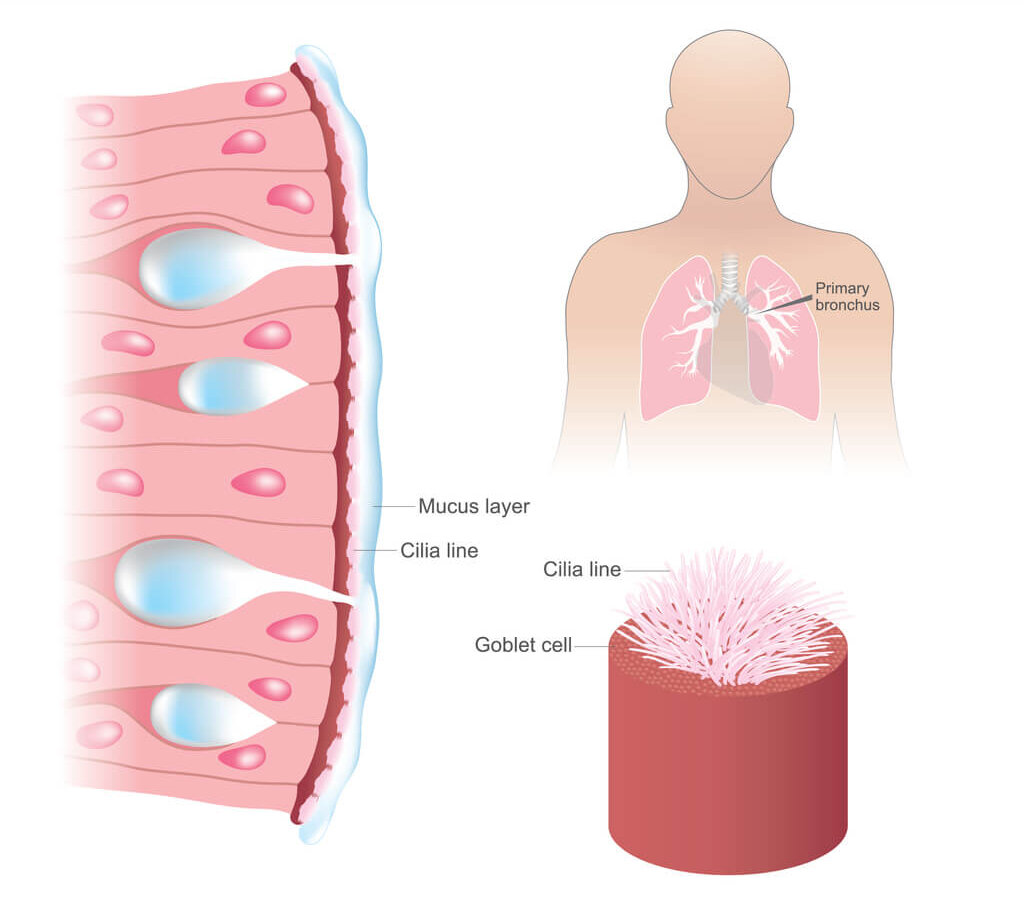Did you know that our lungs process about 10,000 Litres of air every day? For most of us, breathing is an automatic, often overlooked part of life. But for others, breathing can be a challenging and energy-draining task. November is Lung Cancer Awareness Month, a time to educate, acknowledge, and raise awareness about the vital role our lungs play, how cancer affects them, and how exercise can improve the quality of life for those living with lung conditions.
Our lungs are made up of two separate sections: one with three lobes and the other with two. These lungs are connected by the trachea, a large airway tube that splits into smaller tubes, branching out like the limbs of a tree. These airways, called bronchi and bronchioles, spread deeper into the lungs, ending in tiny air sacs known as alveoli. This “tree-like” structure allows air to flow in and out of our lungs, enabling gases like oxygen and carbon dioxide to be exchanged between the blood and the air. Additionally, these airways act as a barrier, helping to keep harmful germs and particles out of the body.


Our lungs are lined with mucus and tiny hair-like structures called cilia, which protect the airways. These cilia catch germs and other foreign substances, helping to clear them from the body through processes like coughing up mucus. But what does all of this have to do with lung cancer?
Lung cancer occurs when abnormal cells in the lungs start to grow uncontrollably.
These mutated cells form tumours, which can invade surrounding tissue, spread to other parts of the body, and disrupt normal lung function. Most often, lung cancer is linked to persistent irritants, with tobacco smoke being the most common culprit. Other irritants, like asbestos, vaping, and high levels of radiation, can also lead to changes in lung tissue that increase the risk of cancer. In some cases, lung cancer may develop even without any identifiable exposure to these irritants.
Lung cancer is staged from 1 (small cancer, no spread) to 4 (cancer has spread throughout the body). Treatment options include surgery, radiation, targeted therapies, and chemotherapy. Along with the treatments themselves, managing symptoms and side effects is crucial to improving the patient’s quality of life. This is where exercise can play a vital role.

Exercise therapy is often used to help manage symptoms of lung cancer. Tailored, structured exercise programs prescribed by Exercise Physiologists can strengthen muscles, joints, and bones, while also improving cardiovascular fitness and endurance. These exercises challenge the lungs and respiratory muscles, enhancing how effectively the body uses the oxygen it breathes in. For those with lung cancer, exercise can help reduce fatigue, alleviate shortness of breath, improve sleep quality, enhance mood, and increase social interaction. Exercise is also beneficial during recovery from surgery or chemotherapy, helping to address side effects like fatigue, bone density loss, and heart problems, ultimately improving overall quality of life.
If you’re living with lung cancer or another lung disease and struggle with breathing, movement, or overall well-being, consider reaching out to one of our Exercise Physiologist for an assessment. Together, we can explore ways to improve your health and quality of life. For more resources and services, such as the Lungs in Action program, visit the Lung Foundation Australia at https://lungfoundation.com.au/.
Lung conditions such as COPD, bronchiectasis, asbestosis, pulmonary fibrosis, pulmonary arterial hypertension, interstitial lung disease, and sarcoidosis can also benefit from exercise therapy, making a significant positive impact on day-to-day life.
Written by Lachlan Maher – Exercise Physiologist

